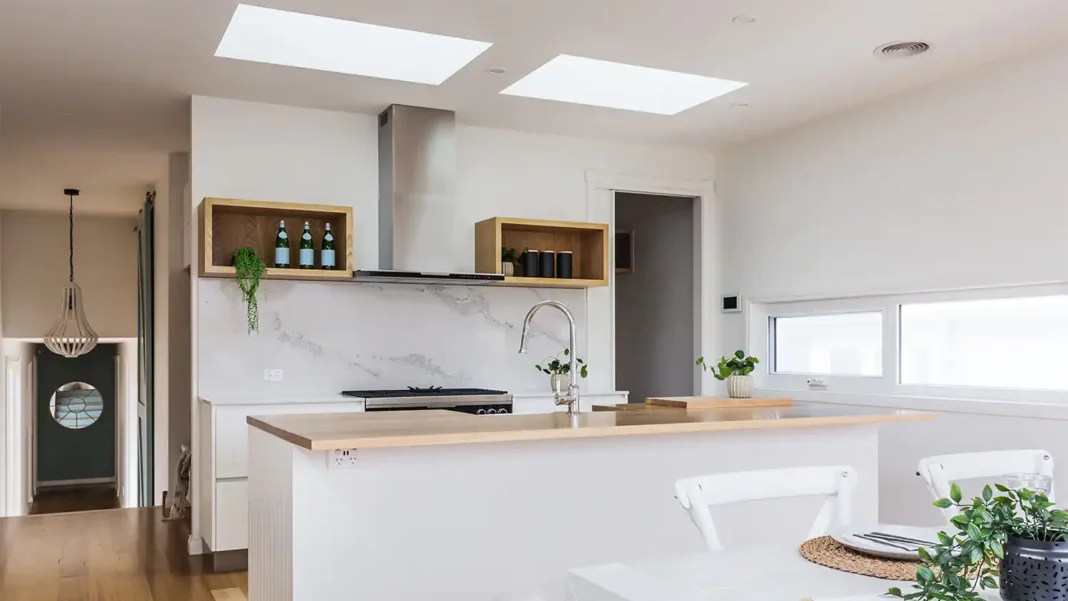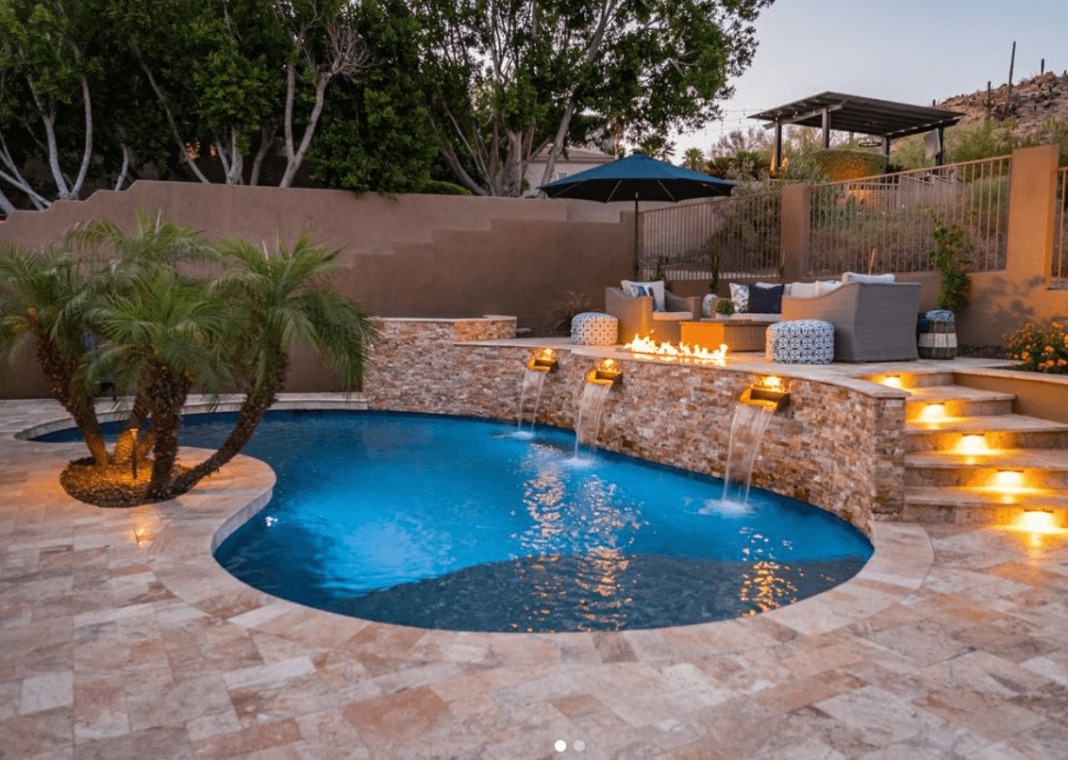Creating a brightly lit environment is as important as saving on your electricity bill. To reach both these goals, natural lighting from the sun can create a tranquil atmosphere and provide you with all the vitamin D you need.
But there may be some rooms in your home where the sun doesn’t shine through the windows because of the position your house is facing. These rooms can be cold, dark and dreary.
So how do you solve this problem? Perhaps installing a skylight will provide the natural light you need to create a warm and inviting environment in your home. Consult a professional in the skylights Melbourne industry to find out what the best options are for your home.
To help you decide what to install, let’s take a look at the differences between rectangular skylights and tubular installations. Here you’ll be able to decide which installation would be ideal for your home.
What are Rectangular Skylights and Tubular Installations?
Rectangular Skylights
There are three different types of skylights namely glass, polycarbonate and acrylic. A rectangular skylight can be installed into the roof of your home to provide natural lighting during the day.
Typically a skylight is rectangular in shape and has a frame around the application. It’s connected to the roof of your house by using a flashing technique. The flashing seals the glass around the frame to prevent it from leaking when it rains.
The rectangular skylights can vary in size. Although a bigger skylight is better the size should never exceed 15% of the square footage of your room. This is for safety reasons as you don’t want the glass to collapse.
Solar Tubing
The solar tube is also known as a light tube, sun tunnel or tubular skylight. Although the skylight may be referred to by different names it has the same structure and functionality.
The tubular skylight can either be made from polycarbonate or acrylic and it’s a dome that’s installed on the roof of your home. It catches the sunlight which is reflected down a metal tube before shining on a defusing lens in the ceiling of your home.
These skylights are typically placed in attics where there is no source of natural light such as windows. They come in sizes of 10 inches and 14 inches.
Both tubular and rectangular skylights are installed on the roof of the home & shine sunlight present above a house into the interior. A skylight can only be used on your home’s top floor.
So which one should you select for your home? Let’s see what both skylights have to offer.
Selecting a Tubular Skylight
A tubular skylight is easier to install and you won’t need that many alterations on your roof. The tubular skylight can take as little as two hours to install. Because they’re smaller than rectangular skylights they’re mostly used to save energy so they’re not only selected for their aesthetics.
How Much Energy Does it Save?
Solar tubular skylights are extremely energy efficient because the light is defused and reflected into the interior of the room. They also use less solar heat gain which is the measurement of solar radiation that comes through a window.
Where to Install the Tubular Application
Tubular skylights are best for areas where there is no natural light. They can be installed in complex buildings or apartments that are dark. As mentioned before the tubular light can also be used in attics as they typically are not built where windows are present.
Selecting a Rectangular Skylight
The installation process for the rectangular skylight is more complicated than that of tubular applications. The flashing process that prevents leaks is more complex and there will be more alterations to the roof when installing the rectangular skylight.
People opt for rectangular skylights if their rooms are large. The rectangular skylights are also selected because they’re more aesthetically pleasing. Some people enjoy direct sunlight rather than a reflective tube.
The rectangular skylights are bigger so you can clearly see the sky while not being exposed to harsh winds and rain. You can enjoy all types of weather while still being indoors.
Rectangular skylights also create a warm and cosy ambiance in any room.
How Much Energy Does it Save?
This type is not as energy efficient as tubular skylights because rectangular applications create more heat gain, particularly in warmer climates. However, to avoid this you can use low-E glass and place your skylight where there isn’t direct sunlight (on the north side of your roof).
Where to Install Rectangular Skylights
Install a rectangular skylight in rooms with no ventilation or source of natural light. These could be office buildings, malls and open planned rooms where you’d like more light to shine through.
Final Thoughts
Rectangular skylights would often work better than tubular applications because it provides more light to an area. They are suited for larger rooms and they’re perfect for structures built in colder climates. This is because the sun shines through rectangular skylights and naturally provides warmth to a room.
The rectangular skylight is used to enhance the architecture and interior design of any room. Because the application is larger than solar tubing, it’s also best suited for places in natural environments such as cabins in the woods.
Imagine watching the stars through your roof. Enjoy!


